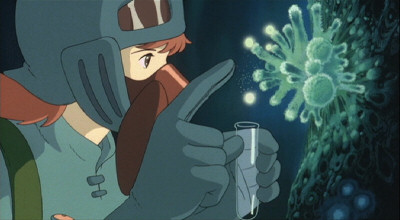Give Rise the Toxic Jungle

Rising CO2 will give rise to poison ivy, noxious vines
New York, May 31 (PTI): Rising levels of carbon dioxide in the atmosphere could give birth to thick forests, but with more toxic forms of poisonous ivy and other noxious vines, researchers say.
Higher carbon dioxide levels expected in the next 50 years could breed ivies that grow twice as fast, and, unexpectedly, manufacture a nastier form of poison, researchers in the United States have shown.
"It'll be more dangerous to go in the forest," team leader Jacqueline Mohan of the Marine Biological Laboratory at Woods Hole, Massachusetts was quoted by Nature magazine as saying. Poison ivy (Toxicodendron radicans), which grows as a shrub or tree-climbing vine, is already the scourge of gardeners and hikers in North America for the excruciating skin rash it can trigger. The plant makes a fatty toxin called urushiol in its leaves.
In the study, Nature says Mohan and her co-workers pumped extra carbon dioxide over three large circular plots of North Carolina pine forest. For six years, the plants inside were exposed to an extra 200 parts per million of the gas over today's atmospheric concentration of about 380 parts per million, roughly what we might expect from pollution by the middle of this century.
Other research, the magazine says, has suggested that vines tend to grow particularly fast in response to higher carbon dioxide levels and that vines are increasing in abundance all over the planet.
Unlike trees, which use extra carbon to grow more wood, vines use it to produce more leaves. The extra leaves help the plant to harvest even more carbon dioxide, the cycle continues and the vines flourish.
Mohan's experiment sought to check whether the plants shoot up in the wild, as they do in greenhouse experiments.
"Yes, dramatically," was the answer, Nature says.
The poisonous ivies grew at double the rate of plants grown under regular carbon dioxide levels, whereas woody species on average tend to grow around 31 per cent faster.
The elevated levels also created a nastier version of urushiol poison, the team showed.
By extracting urushiol from the plant's leaves, Nature says the researchers found that poison ivy grown in high carbon dioxide churned out more than 150 per cent more of one nasty, unsaturated form of urushiol and around 60 per cent less of the mild, saturated form.


0 Comments:
Post a Comment
<< Home